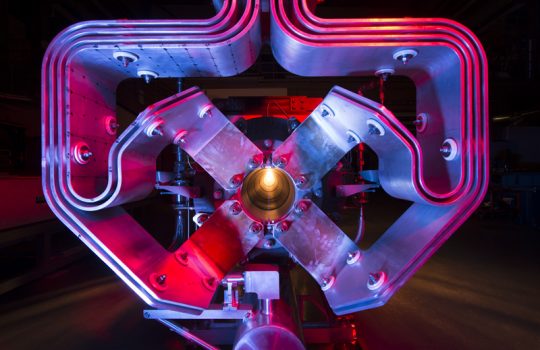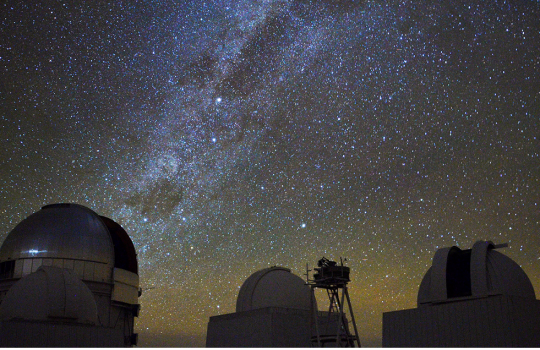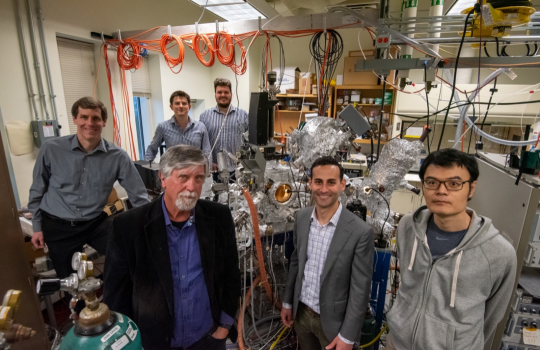A new way to explore proton’s structure with neutrinos yields first results
For the first time, particle physicists have been able to precisely measure the proton’s size and structure using neutrinos with data gathered from thousands of neutrino-hydrogen scattering events collected by MINERvA, a particle physics experiment at the U.S. Department of Energy’s Fermi National Accelerator Laboratory.





